- No products in the cart.
Finasta tab n / 5mg film about 30 pc
$7.19
Finasta tab n / 5mg film about 30 pc
Description
Composition
Active substance:
Finasteride 5 mg
Excipients:
86.75 mg Lactose, microcrystalline cellulose (Ultra-102) 12 mg Sodium carboxymethylstarch (type A) 6 mg pregelatinized corn starch 12 mg Sodium Docusate 2.5 mg Magnesium stearate 0.75 mg;
Sheath Film: hypromellose (15 cps) 2,4 mg propylene glycol 0.4 mg Titanium dioxide 0.8 mg talcum 0.4 mg.
Description:
Round biconvex tablets, film-coated, white or almost white color with FIN embossed on one side and a smooth surface on the other side.
Product form:
Tablets, film-coated, 5 mg.
10 tablets in an aluminum strip, laminated polyethylene.
3 strips together with instructions for use packed in a cardboard pack.
Contraindications
Hypersensitivity to finasteride and / or other components of the formulation; Children up to age 18; lactose intolerance, lactase deficiency, glucose-galactose malabsorption; pregnancy and the use of the drug in women with preservation of reproductive potential.
Carefully
Patients with large residual urine volume and / or significantly reduced the outflow of urine should be monitored regularly physician to identify obstructive uropathy; with caution the drug should be administered to patients with hepatic impairment and the elderly.
Dosage
5 mg
Indications
Treatment and control ZHGPZH, prevention of urological complications in order to:
– reducing the risk of acute urinary retention;
– reducing the risk of the need for surgery including transurethral resection of the prostate (TURP) and prostatectomy.
Treatment to reduce the size of an enlarged prostate gland, improve urine flow and decrease the severity of symptoms associated with BPH.
In combination with the alpha-blocker doxazosin to reduce the risk of progression of symptoms associated with BPH.
Interaction with other drugs
Finasteride clinically significant interactions with other drugs is not revealed.
Finasteride, apparently has no significant effect on cytochrome P450 metabolism of drugs and associated with the system. There were no clinically significant interactions when combined with the use of finasteride propranolol, digoxin, glibenclamide, warfarin, theophylline and phenazone.
Despite the absence of specific studies of drug interactions in clinical studies finasteride was used together with inhibitors of angiotensin-converting enzyme inhibitors, acetaminophen, acetylsalicylic acid, alpha-blockers, beta-blockers, blockers “slow” calcium channel blockers, nitrates in various dosage forms, diuretics, blockers H2-histamine receptors, hypolipidemic agents – inhibitors of HMG-CoA reductase inhibitors, nonsteroidal antiinflammatory Rev. ratami, quinolone, and benzodiazepine derivatives without any clinically significant adverse interactions.
Overdose
There is evidence that patients treated with finasteride at a dose of 400 mg once daily, as well as a dose of 80 mg daily for 3 months, there was no occurrence of any overdose symptoms.
Specific recommendations for the treatment of overdose of finasteride is not.
pharmachologic effect
Pharmacological group:
5-alpha reductase inhibitor.
Pharmacodynamics:
Finasteride – synthetic 4-azasteroid compound, a specific inhibitor of 5-alpha reductase type II – intracellular enzyme that converts testosterone into the more active androgen – dihydrotestosterone (DHT). In benign prostatic hyperplasia (BPH) is dependent on its increase the conversion of testosterone to DHT in the prostate. Finasteride is highly effective in reducing DHT concentration in blood and in prostate tissue. Suppression of DHT formation is accompanied by a decrease in prostate size increase in the maximum urine flow rate and decrease the severity of symptoms associated with benign prostatic hyperplasia. Finasteride has no affinity for the androgen receptor. The drug has no significant effect on the lipid profile (total cholesterol, low density lipoproteins (LDL), high density lipoproteins (HDL) and triglycerides), and bone mineral density. Finasteride has no effect on the blood levels of cortisol, estradiol, prolactin, thyroid stimulating hormone and thyroxine as compared to placebo.
Single administration of finasteride in a dosage of 5 mg leads to a rapid decrease in serum concentrations of DHT to a peak effect after 8 hours. Despite the fact that finasteride plasma concentration is subject to fluctuations over 24 hours, the concentration of DHT remains constant. This means that finasteride plasma concentrations are not directly related to the concentration of DHT in the blood plasma.
Patients with BPH, which Finasteride 5 mg per day was administered for 4 years, there was a decrease in the concentration of blood DHT of approximately 70%, which was associated with a decrease in prostate volume by approximately 20%. Additionally, approximately 50% decreased the concentration of prostate-specific antigen (PSA), compared with its initial concentration, which implies a reduction of growth of prostate epithelial cells. Reducing the concentration of DHT and reducing the severity of prostatic hyperplasia, accompanied by a decrease in PSA concentration remained in studies of up to 4 years. In these studies, the blood testosterone increased by about 10-20%, while remaining within physiological values. In the application of finasteride for 7-10 days in patients referred for prostatectomy decreased DHT concentration in the prostate tissue by about 80% and an increase in the concentration of testosterone in prostatic tissue 10 times compared to the concentration before treatment.
It was found that long-term (over 4 years), the use of finasteride in patients with benign prostatic hyperplasia and moderately expressed or significantly distinct symptoms of the disease reduced the risk of urological complications (surgery: Transurethral resection of the prostate, or prostatectomy, acute urinary retention requiring catheterization) by 51% accompanied by marked and persistent reduction in prostate volume and persistent increase in the maximum urine flow rate and improvement in symptoms (PLESS Research).
Patients treated with finasteride for 3 months at achieving reduction in prostate volume by about 20%, at termination of treatment the volume of the prostate gland returned to the same size after 3 months.
Thus, treatment with finasteride reduces prostate size increased, increases urine flow rate and decrease the symptoms associated with BPH.
Pharmacokinetics:
Absorption
Finasteride maximum concentration in plasma is achieved after about 2 hours after ingestion. Finasteride absorption from the gastrointestinal tract is completed in 6-8 hours after ingestion. The bioavailability is about 80% and is independent of food intake.
Distribution
Communication with the plasma proteins is approximately 93%. Plasma clearance is about 165 ml / min, volume of distribution -. 76 l.
During prolonged therapy has been a slow accumulation of small amounts of finasteride. With daily administration of finasteride oral dose of 5 mg its minimum equilibrium concentration in plasma reached 8-10 ng / ml and over time remains stable.
In patients treated with finasteride for 7-10 days, the drug was detected in the cerebrospinal fluid. When receiving finasteride in a dosage of 5 mg per day of finasteride is also found in the seminal fluid. Contents of finasteride in semen was 50-100 times less than the dose of finasteride.
Metabolism
The half-life (T1 / 2) of finasteride on average 6 hours.
breeding
In men after a single oral dose of finasteride labeled with 14 C, 39% of the dose is excreted by the kidneys as metabolites (finasteride is practically unchanged excreted by the kidneys); 57% – through the intestine. This study identified two metabolites of finasteride, which have little inhibitory effect on 5-alpha reductase, compared with finasteride.
In old age, the rate of elimination of finasteride is somewhat reduced. With age, the T1 / 2 increases: male 18-60 years, the average T1 / 2 of 6 hours, and in men older than 70 years – 8 hours. These changes have no clinical relevance, and therefore, reduce the dose in elderly men is not required.
In patients with chronic renal failure (creatinine clearance (CC) from 9 to 55 ml / min) the distribution of 14C-labeled finasteride when receiving a single dose did not differ from that in healthy volunteers. Communication finasteride plasma protein also did not differ in patients with impaired renal function.
In renal insufficiency part metabolites of finasteride, which is normally excreted by the kidneys, outputted via the intestines. This is manifested by an increase amount of finasteride metabolites in feces with a corresponding reduction of their concentration in urine. In patients with renal failure who are on dialysis, the dose of finasteride correction is not required.
Pregnancy and breast-feeding
Use of the drug is contraindicated in women with Finast® preservation of reproductive potential and during pregnancy. Inhibitors of 5-alpha reductase type II, including finasteride, when used in pregnant women can cause abnormal development of the external genitalia of the fetus is male.
The drug is not indicated for use in women. Cottage of finasteride excretion in breast milk is not.
Conditions of supply of pharmacies
On prescription.
side effects
Side effects identified in clinical trials
The study PLESS for 4 years evaluated the safety of therapy in 1524 patients treated with finasteride compared with 1516 patients taking placebo.
In 74 patients (4.9%) in the group treated with finasteride, therapy was discontinued due to the occurrence of side effects associated with the drug, compared with 50 patients (3.3%) in the placebo group. 57 patients (3.7%) in the group treated with finasteride and 32 patients (2.1%) in the placebo group discontinued treatment because of side effects associated with impaired sexual function, which are most frequently reported side effects.
The only clinical adverse reactions that were considered by researchers as possibly, probably or definitely related to the drug, and the rate of occurrence when taking finasteride was more than 1% and greater than that with placebo during the 4 years of the study, were effects associated with impaired sexual function, breast pain and skin rash. In the first year of treatment of sexual dysfunction was found in 8.1% of patients in the group treated with finasteride and 3.7% in the placebo group; decreased libido – 6.4% and 3.4%; and abnormal ejaculation – 0.8% and 0.1% respectively. Using the drug for 2-4 years of study the incidence of the above side effects in patients treated with finasteride did not differ significantly from that of patients receiving placebo.
The overall incidence of adverse events during the study was 2-4 years: sexual dysfunction (5.1% in the group of drug and 5.1% in the placebo group), decreased libido (2.6% in both groups), abnormal ejaculation (0 , 2% and 0.1% respectively). Over 1 year ejaculate volume reduction was detected in 3.7% and 0.8% in the drug and placebo groups, respectively; and during 2-4 years of research – 1.5% and 0.5% respectively. Within 1 was reported as an increase in mammary gland (0.5% and 0.1%, respectively), pain in the breast (0.4% and 0.1%, respectively), and rash (0.5% and 0 and 2% respectively). For 2-4 years cumulative incidence of these phenomena was: breast enlargement (1.8% and 1.1%, respectively), in breast tenderness (0.7% and 0.3%, respectively), skin rash (0 , 5% and 0.1% respectively).
18882 healthy men, the results of the biopsy (in 9060 men), prostate cancer was detected in 18.4% of patients treated with finasteride and 24.4% of patients in the 7-year placebo-controlled study, which included, placebo. In 280 men (6.4%) in patients treated with finasteride and 237 men (5.1%) in the placebo group were diagnosed with prostate cancer, which was estimated by the results of biopsy in 7-10 points Gleason. Additional analysis suggested that the increase in the frequency of high-grade cancer observed in the group of patients treated with finasteride can be explained diagnostic errors associated with the influence of the drug on prostatic volume. Approximately 98% of all diagnosed cases of cancer tumor has been classified at the time of diagnosis as an intracapsular (stage T1 or T2). The clinical relevance of results on prostate cancer 7-10 points Gleason, in this study is unknown.
The study MTOPS safety and tolerability profile of combined treatment with finasteride 5 mg per day and doxazosin 4 mg or 8 mg per day was comparable safety and tolerability of each of these agents alone.
During 4-6 years placebo-controlled studies using MTOPS active drug as controls carried out with the participation of 3047 men, there have been 4 cases of breast cancer in men taking finasteride, and no cases in men who were not taking finasteride. During the 4-year placebo-controlled study PLESS, conducted with the participation of 3040 men, there have been 2 cases of breast cancer in men treated with placebo and no cases in men taking finasteride. During a 7-year placebo-controlled study SSBS (Prostate Cancer Prevention Trial, «Research on the Prevention of prostate cancer”), carried out with the participation of 18,882 men was recorded 1 case of breast cancer in men taking finasteride, and 1 case of breast cancer a man who received a placebo. postmarketing reports have been received of cases of breast cancer in men treated with finasteride. The connection between long-term intake of finasteride and the occurrence of breast neoplasia in men has not been established at this time.
Post-marketing experience with
In post-marketing practice reported the following additional adverse effects at low doses of finasteride. As reports of these reactions have been reported on the principles of voluntariness, for an unknown population size, it is not always possible a reliable assessment of their frequency or establish a causal relationship to drug exposure.
Immune System: hypersensitivity reactions such as pruritus, urticaria and angioedema (including swelling of the lips, tongue, throat and face).
On the part of the psyche, depression, decreased libido, which may continue after cessation of treatment.
Reproductive system and breast: sexual dysfunction (erectile dysfunction and ejaculation disorders), which may continue after cessation of treatment; tenderness of the testicles; male infertility and / or decrease in quality of semen. It was reported that, after cancellation of finasteride semen quality improved or normalized.
laboratory findings
In assessing the laboratory parameters of prostate-specific antigen (PSA) should take into account the decrease of its concentration in patients treated with finasteride.
Other differences in the levels of standard laboratory parameters between the groups of patients treated with finasteride and placebo was not observed.
special instructions
Effect on the content of PSA and diagnosis of prostate cancer
To date, no proven clinical benefit application finasteride in patients with prostate cancer. In controlled clinical trials in patients with BPH, and an increased concentration of PSA PSA content was monitored and the results of prostate biopsy studies. It has been found that the use of finasteride, apparently, does not change the frequency of detection of cancer of the prostate and no effect on the frequency of its occurrence in patients treated with finasteride or placebo.
Before beginning treatment and periodically during treatment with finasteride recommended rectal examination and use other methods of cancer diagnosis prostate. Determination of serum PSA is also used for prostate cancer. In general, the initial concentration of PSA is above 10 ng / ml to the need of further examination and biopsy of the patient. In determining the concentration of PSA in the range 4-10 ng / ml of the further examination of the patient is necessary. The concentration of PSA in men with prostate cancer and without the disease may coincide to a great extent, so in men with BPH normal PSA values do not allow to eliminate prostate cancer, regardless of treatment with finasteride. The initial concentration of PSA less than 4 ng / ml, does not exclude prostate cancer.
Finasteride causes a decrease in serum PSA concentration of approximately 50% in patients with BPH, even in the presence of prostate cancer. This fact must be taken into account when assessing the content of PSA in patients with BPH treated with finasteride, as the decline in PSA does not rule out concomitant prostate cancer. This reduction is possible to anticipate in any range of values of concentration of PSA, though it may vary in individual patients. Analysis of PSA values in more than 3000 patients in a 4-year double-blind placebo-controlled study PLESS confirmed that taking finasteride for 6 months or more PSA values must be doubled to match them with the normal values of the indicator in patients not receiving drug treatment. This adjustment preserves the sensitivity and specificity of PSA testing and the ability to detect prostate cancer.
Any continuing increase in PSA levels for patients receiving treatment with finasteride, requires careful examination to determine the cause, which may be in non-compliance mode receiving finasteride.
Finasteride does not significantly reduces the percentage of free PSA (fPSA ratio of the total). This indicator remains constant even under the influence of the drug. If the percentage of free PSA is used, correction values of the given parameter is optional for diagnosing prostate cancer.
Influence on laboratory parameters
PSA Contents
PSA concentration in the blood plasma correlates with the patient’s age and prostate volume and prostate volume, in turn, depends on the age of the patient. In determining the concentration of PSA should be noted that this figure is reduced in patients treated with finasteride. In most patients, a rapid decrease in PSA content is observed in the first months of therapy, after which it takes place to stabilize at a new level, which is usually about half the value measured prior to initiating therapy. In this regard, in patients treated with finasteride for 6 months or more and should be double the value of PSA for comparing it with the normal values in men not taking the drug.
Contact with finasteride is associated with the risk of teratogenic effects to the fetus male
Pregnant women and women of childbearing age should avoid contact with crushed or loss of integrity of the tablets of the drug Finast® because of the possibility of absorption of finasteride, due to the high risk of teratogenic effects for the male fetus (see. Section “Pregnancy and breast feeding “). Finast® tablets coated with a film coating that prevents contact with the active compound, provided that the tablets are not milled and have not lost integrity.
Effect on driving ability
On the adverse effects of the drug on the ability to drive and operate machinery has not been reported.
Storage conditions
At temperatures above 25 ° C.
Keep out of the reach of children!
Dosing and Administration
Finasta administered by mouth, regardless of the meal.
The recommended dose – 1 tablet of 5 mg 1 time per day.
The drug may be administered as monotherapy and in combination with an alpha-adrenergic blocker doxazosin.
Duration of therapy to assess its effectiveness should be at least 6 months.
kidney failure
In patients with different stages of renal insufficiency (with a decrease QC to 9 ml / min) a dose adjustment is required, because specific studies have not shown any changes of the pharmacokinetic profile of finasteride.
Elderly patients
Dose adjustment is not required although pharmacokinetic studies indicate that the excretion of finasteride in patients older than 70 years is somewhat reduced.
Information
Appearance may differ from that depicted in the picture. There are contraindications. You need to read the manual or consult with a specialist
Additional information
| Weight | 0.100 kg |
|---|---|
| Manufacturer | DR.REDDIS |

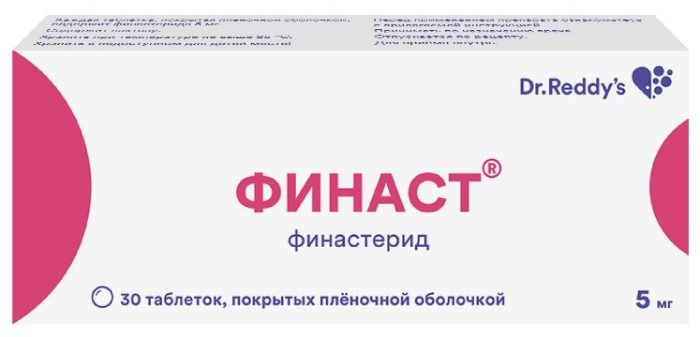
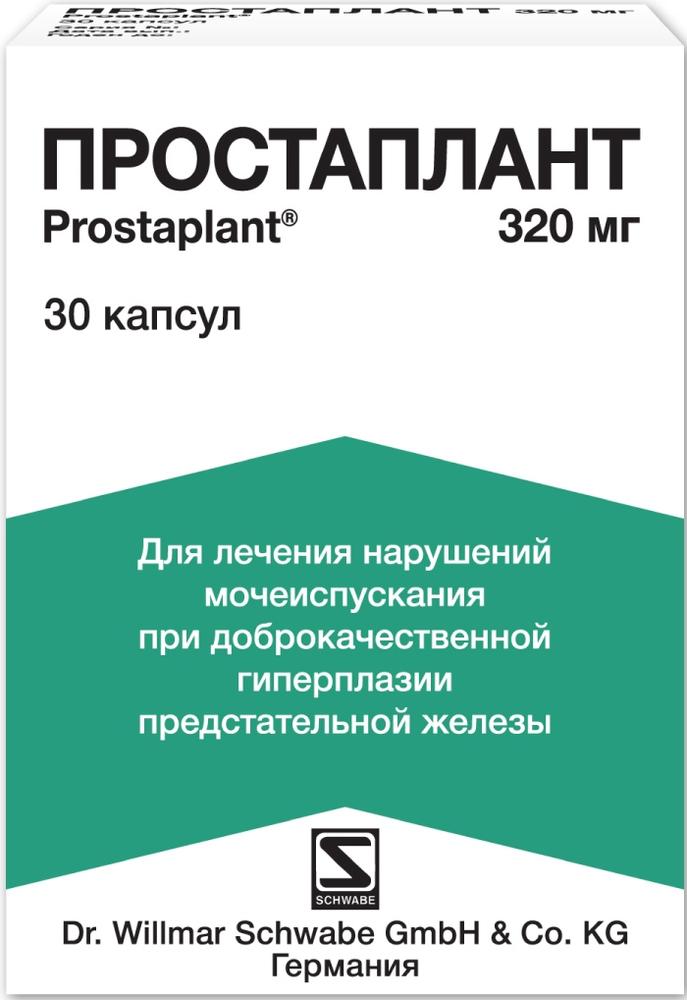
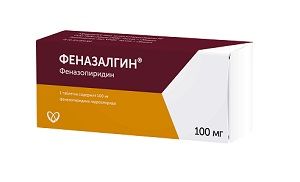
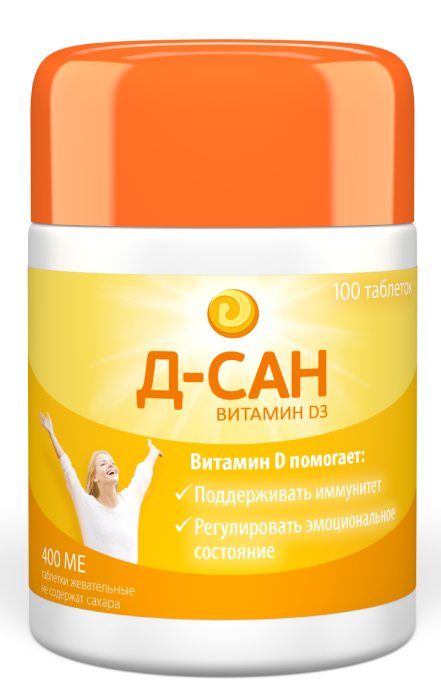
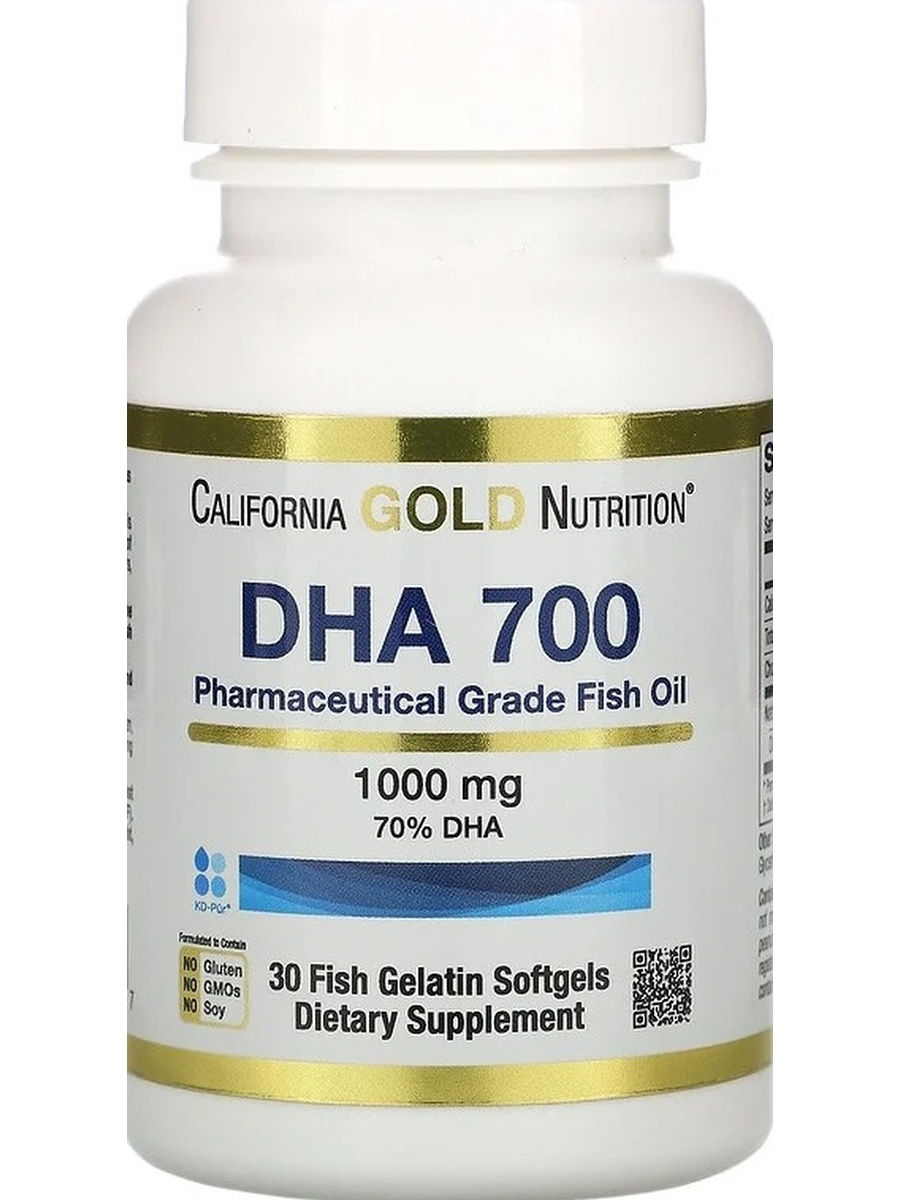
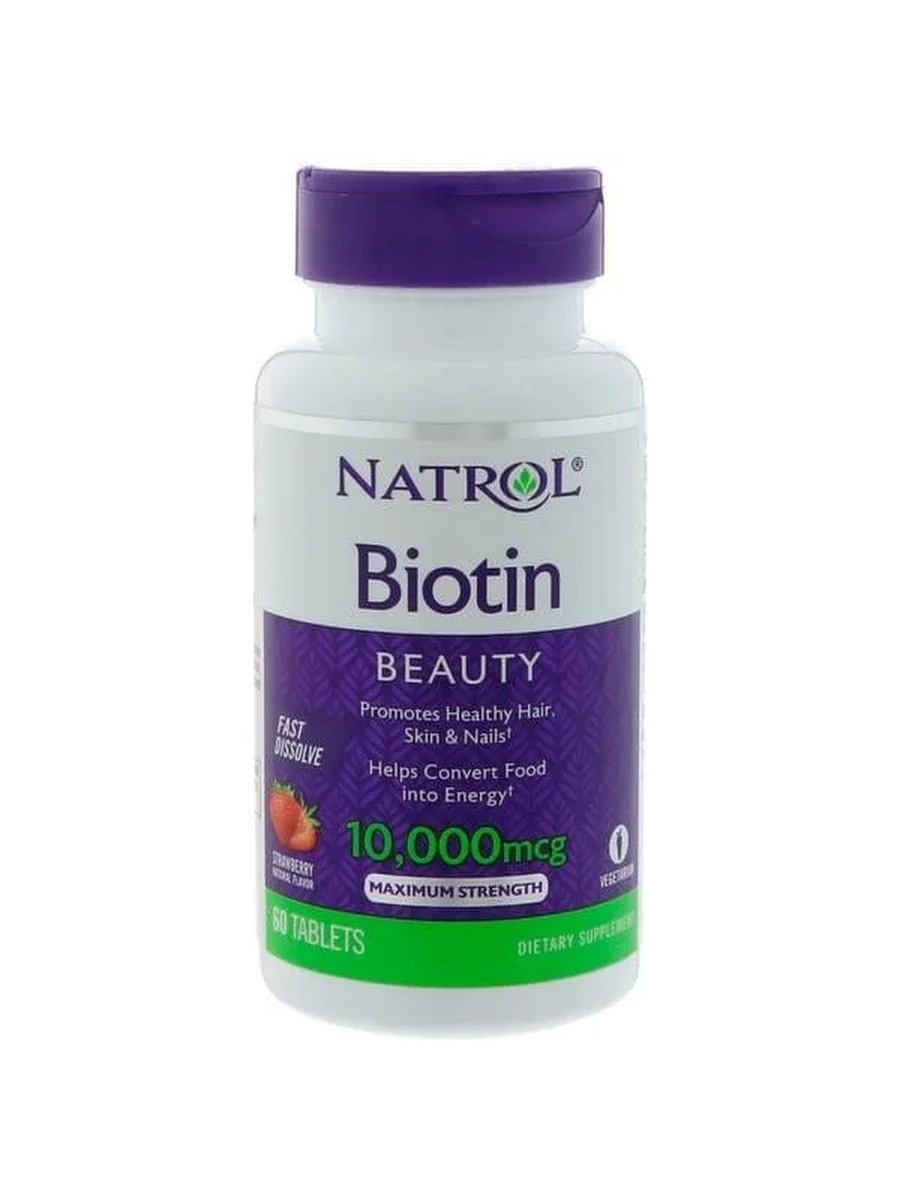

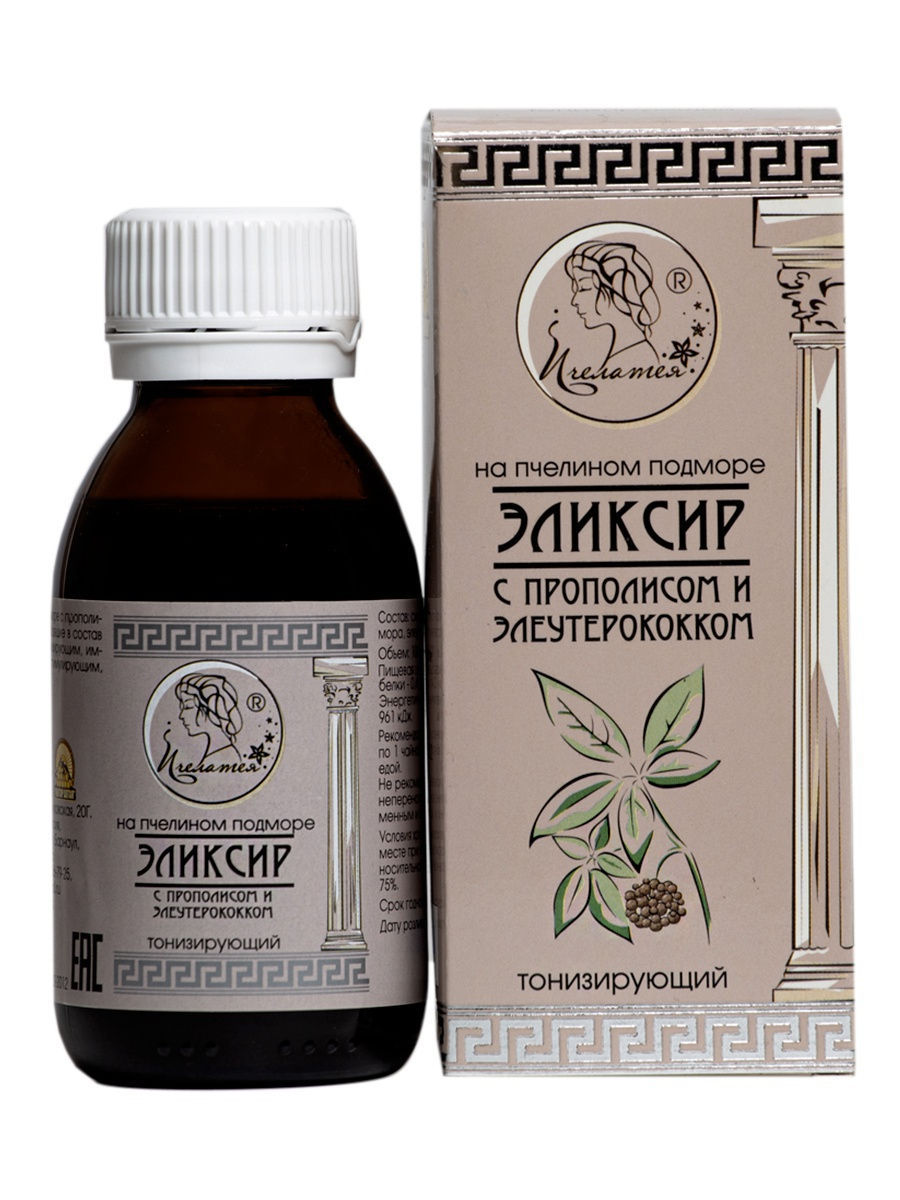
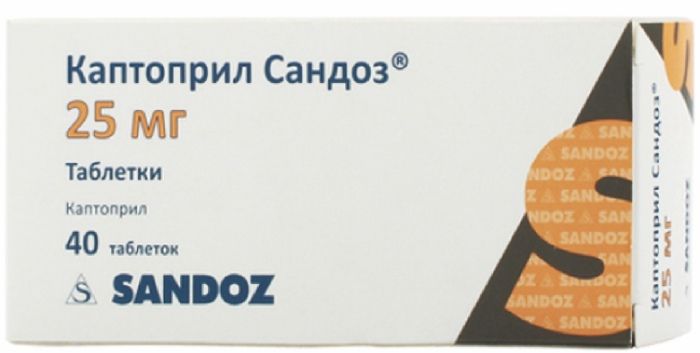




There are no reviews yet.